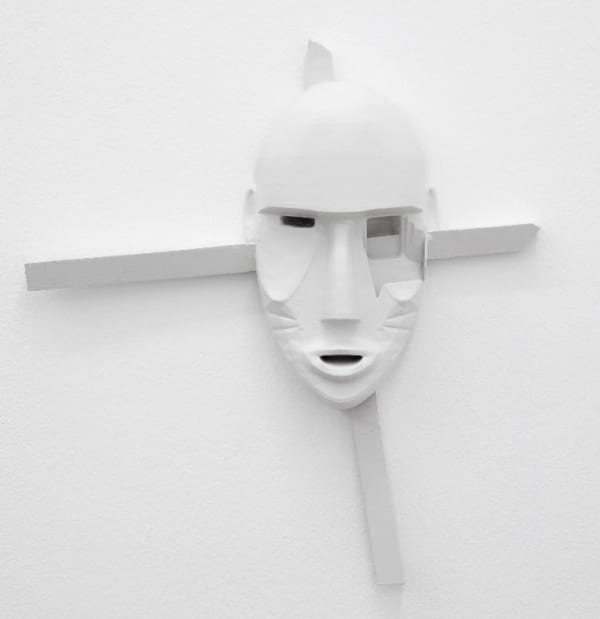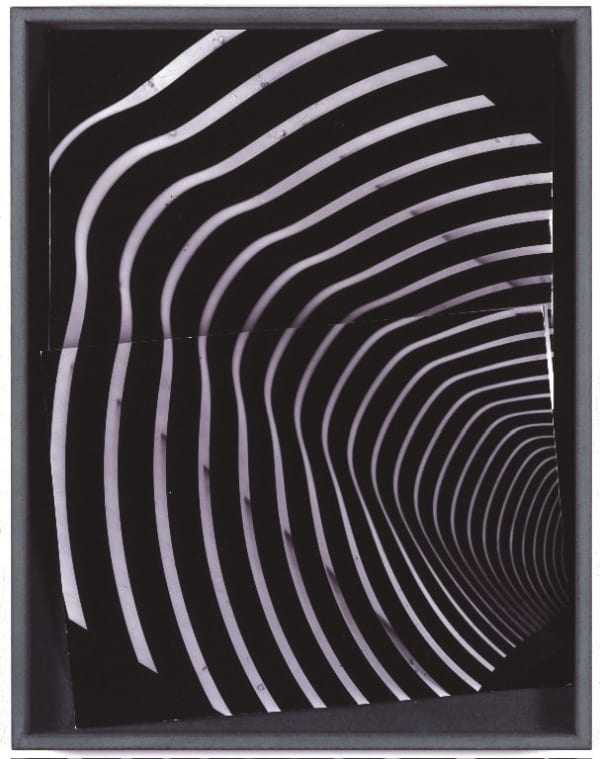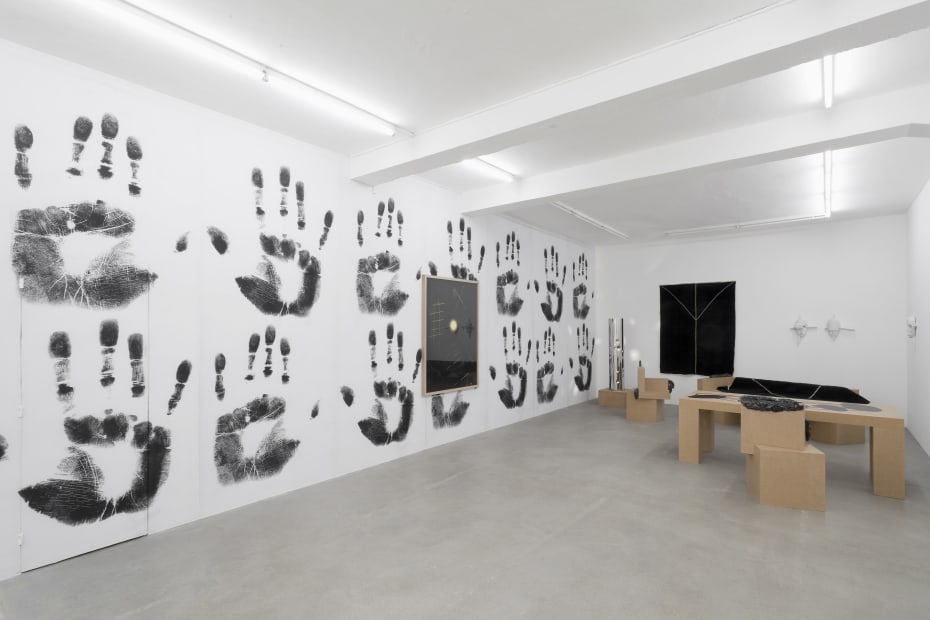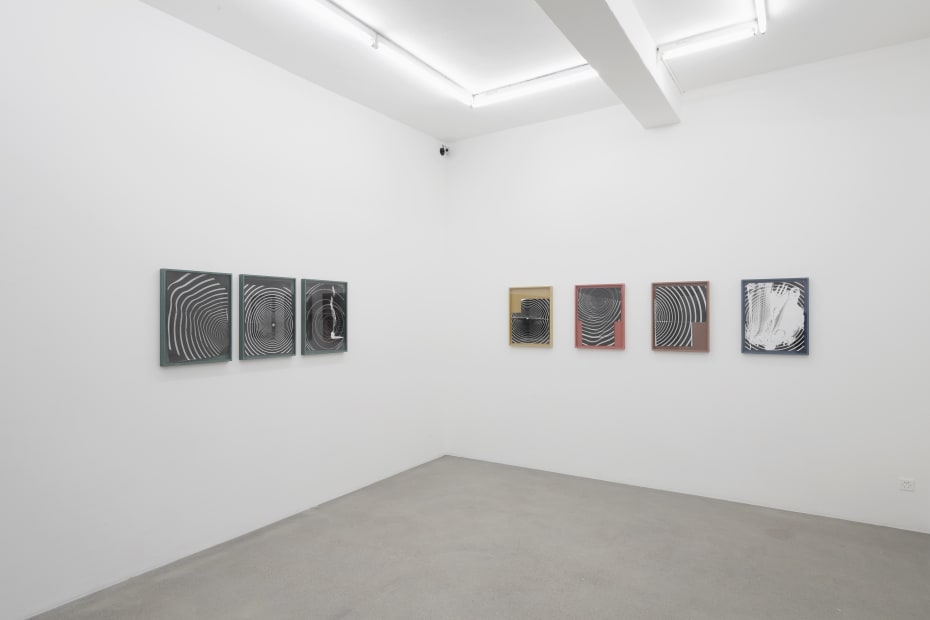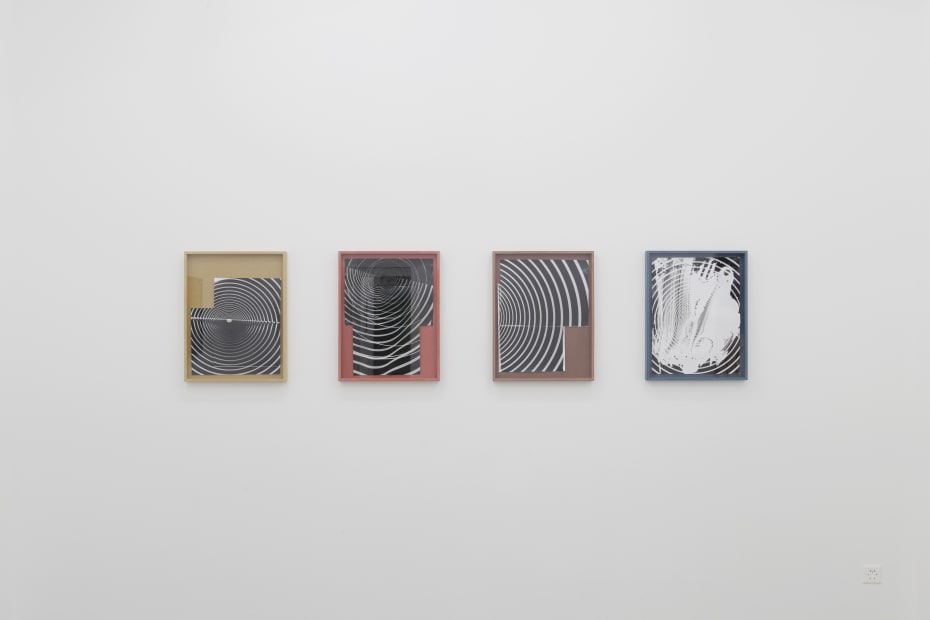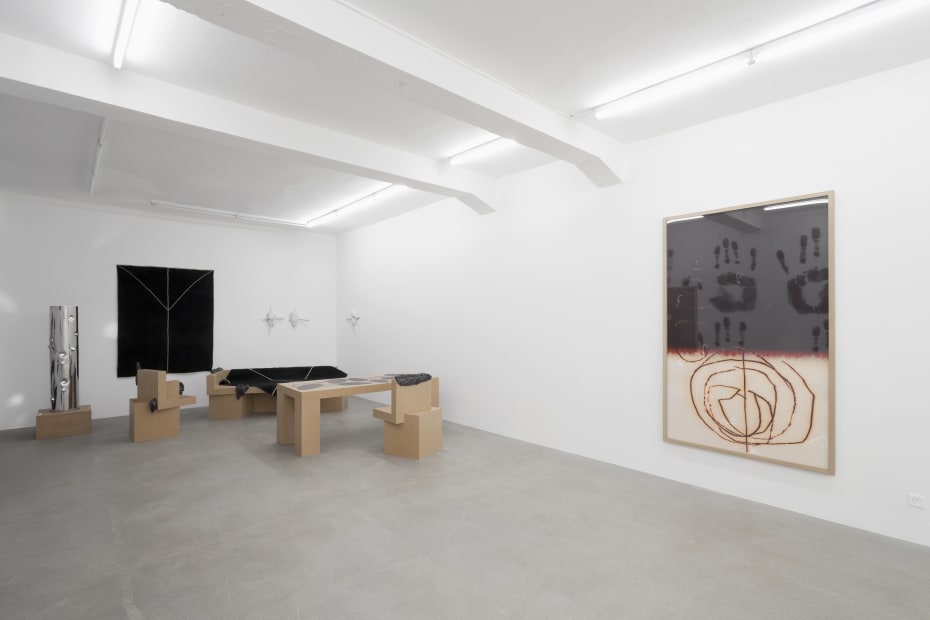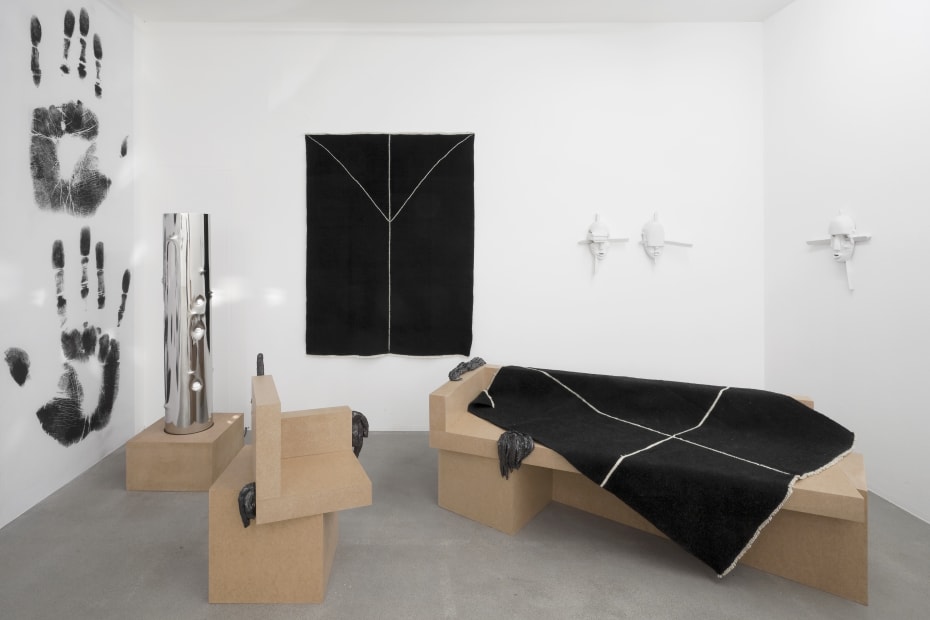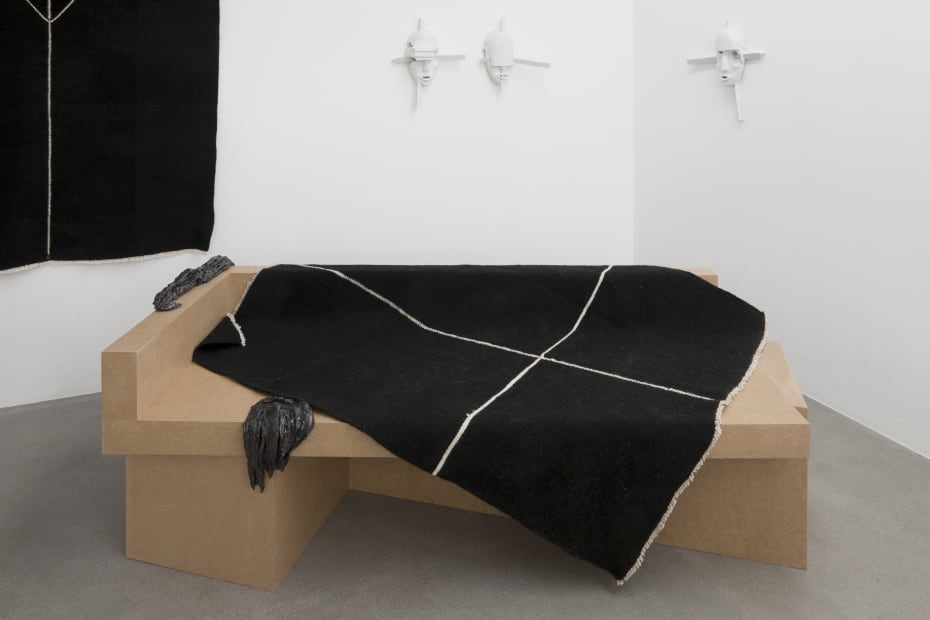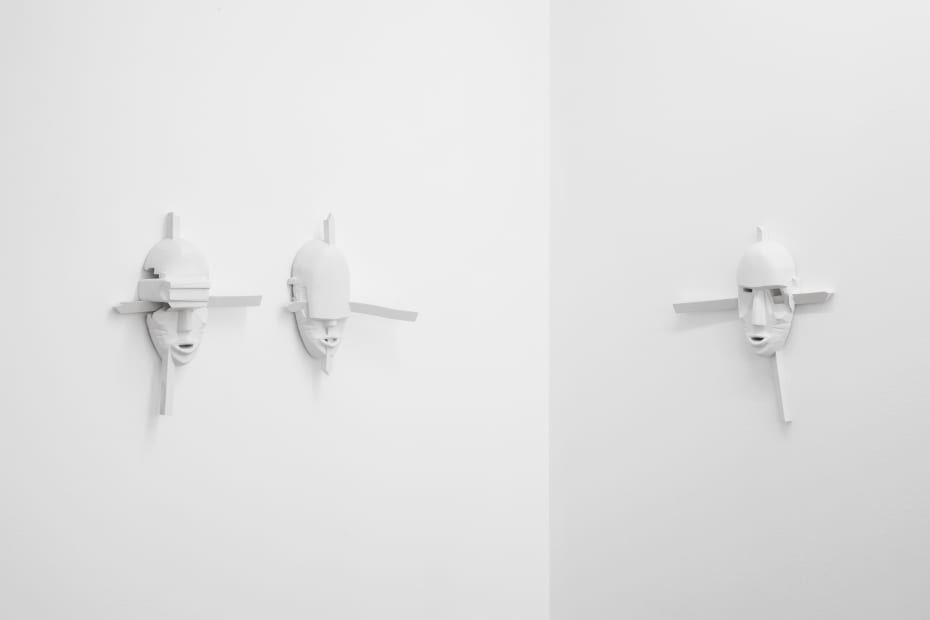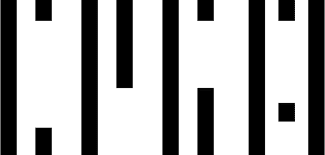Fabian Marti: End Egoic MindGalerie Peter Kilchmann, Limmatstrasse, Zurich
Galerie Peter Kilchmann is pleased to present the third solo exhibition of Swiss artist Fabian Marti. The exhibition rooms will be transformed into a domestic setting using simple wooden structures and the integration of objects such as carpets and photographs designed by the artist. The works can be interpreted in many ways. The installation as well as the exhibition title could be a reference to the Freudian therapy room with its couch, the carpets and sculptures.
-
 Fabian MartiTenebrae, 2010Color, resin, plaster44 x 42 x 11 cm (17.3 x 16.5 x 4.3 in.)Unique
Fabian MartiTenebrae, 2010Color, resin, plaster44 x 42 x 11 cm (17.3 x 16.5 x 4.3 in.)Unique -
 Fabian MartiNon Ho Sonno, 2010Color, resin, plaster54 x 50 x 10 cm (21.3 x 19.7 x 3.9 in.)Unique
Fabian MartiNon Ho Sonno, 2010Color, resin, plaster54 x 50 x 10 cm (21.3 x 19.7 x 3.9 in.)Unique -
 Fabian MartiSuspira, 2010Color, resin, plaster52 x 41 x 14 cm (20.5 x 16.1 x 5.5 in.)Unique
Fabian MartiSuspira, 2010Color, resin, plaster52 x 41 x 14 cm (20.5 x 16.1 x 5.5 in.)Unique -
 Fabian MartiThinking of Hannah, 2010Sheep wool184 x 140 cm (72.4 x 55.1 in.)Unique
Fabian MartiThinking of Hannah, 2010Sheep wool184 x 140 cm (72.4 x 55.1 in.)Unique -
 Fabian MartiShe, 2010Skulptur (MDF - Mitteldichte Holzfaserplatte, lackiert), 2 Objekte (Ton, gebrannt, glasiert)96 x 72 x 64 cm (37.8 x 28.3 x 25.2 in.)Unique
Fabian MartiShe, 2010Skulptur (MDF - Mitteldichte Holzfaserplatte, lackiert), 2 Objekte (Ton, gebrannt, glasiert)96 x 72 x 64 cm (37.8 x 28.3 x 25.2 in.)Unique -
 Fabian MartiThe Death of Joan Vollmer B., 2007Chromed steel, halogen spot lights, MDF, motor170 x 56 x 56 cm (66.9 x 22.0 x 22.0 in.)Unique
Fabian MartiThe Death of Joan Vollmer B., 2007Chromed steel, halogen spot lights, MDF, motor170 x 56 x 56 cm (66.9 x 22.0 x 22.0 in.)Unique -
 Fabian MartiThe Question, 2010Ink jet print on paper152 x 111 cm (59.8 x 43.7 in.)
Fabian MartiThe Question, 2010Ink jet print on paper152 x 111 cm (59.8 x 43.7 in.)
157 x 116 cm (61.8 x 45.7 in.), framedEd. 1/5 (+ 2 AP) -
 Fabian MartiCosmic Giggles Series (I), 2010Collage, silver gelatin prints (photogram)1 x 1 cm (0.4 x 0.4 in.)
Fabian MartiCosmic Giggles Series (I), 2010Collage, silver gelatin prints (photogram)1 x 1 cm (0.4 x 0.4 in.)
59 x 46 cm (23.2 x 18.1 in.), framedUnique -
 Fabian MartiCosmic Giggles Series (V), 2010Collage, silver gelatin prints (photogram)1 x 1 cm (0.4 x 0.4 in.)
Fabian MartiCosmic Giggles Series (V), 2010Collage, silver gelatin prints (photogram)1 x 1 cm (0.4 x 0.4 in.)
59 x 46 cm (23.2 x 18.1 in.), framedUnique


